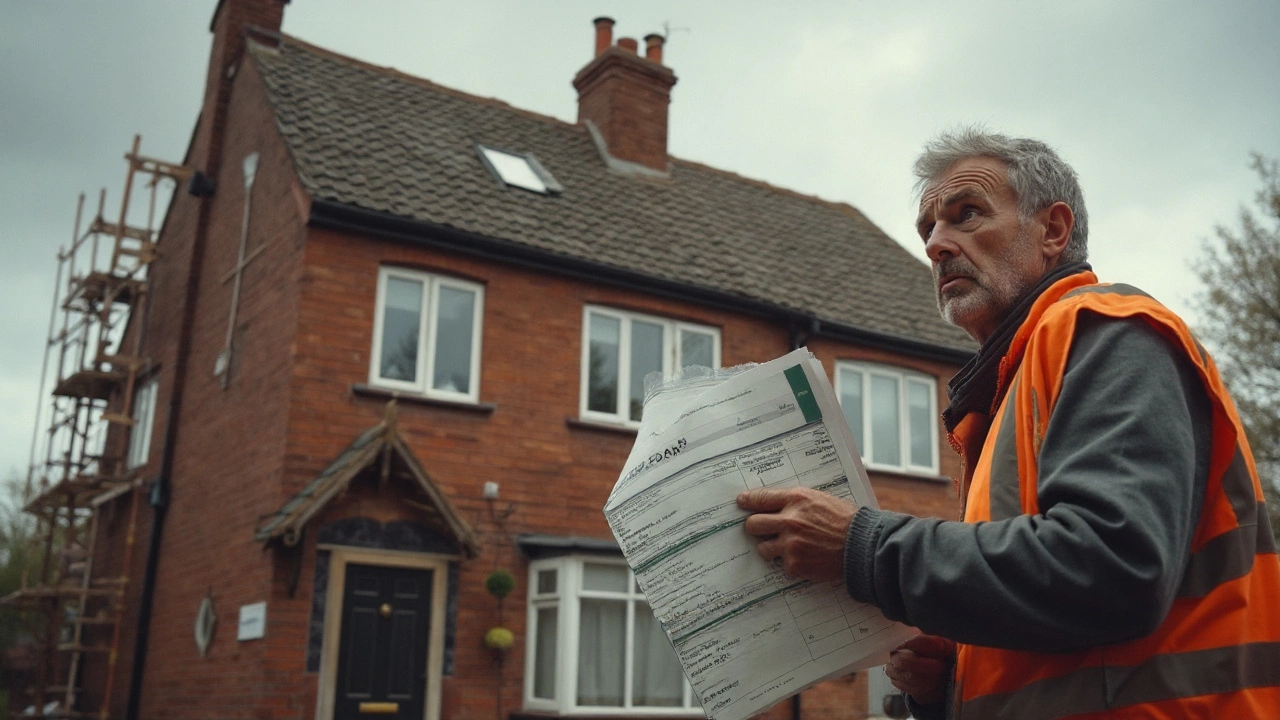Roof Replacement Cost: What You Need to Know Before You Start
Thinking about a new roof? You probably wonder how much it will set you back and what drives the price. In the UK, a roof replacement can range from a few thousand pounds to tens of thousands, depending on size, material and work complexity. Below we break down the main cost drivers, give you realistic budget numbers, and share practical tips to avoid surprise bills.
Key Factors That Influence the Price
Roof size and pitch. The bigger the roof, the more material and labour you’ll need. A steep pitch adds extra safety work and longer installation time, which pushes the cost up.
Material choice. Asphalt shingles are the cheapest, usually £30‑£45 per square metre installed. Tiles (clay or concrete) sit around £60‑£100 per square metre, while premium options like slate or engineered wood can exceed £150 per square metre.
Existing roof condition. If the roof deck needs repair, you’ll pay for extra labour and materials. Removing old roofing, fixing rot or replacing damaged decking can add £500‑£2,000 depending on the extent.
Location and access. Urban sites with tight streets or roof access issues may require special equipment, raising labour rates. Rural sites might save on transport costs, but can still see higher fees if the crew has to carry heavy materials up stairs.
Additional work. Installing new flashings, skylights, roof vents or insulation upgrades are often bundled into the quote. Each extra element adds between £100‑£500.
Typical UK Price Ranges
For a standard two‑storey house (around 80‑120 m² roof area), you can expect:
- Asphalt shingles: £3,000‑£5,000
- Concrete or clay tiles: £5,500‑£9,000
- Slate tiles: £9,000‑£15,000
- Luxury Vinyl or engineered wood: £4,500‑£8,500
These figures include removal of the old roof, disposal, new under‑lay, and standard fitting. Remember, high‑end materials and complex roofs can push the total beyond £20,000.
Getting at least three written quotes is essential. Look for clear breakdowns of labour, material, waste removal and any optional extras. A low quote that skips under‑lay or flashing is a red flag.
Tips to Keep Your Roof Replacement Within Budget
1. Plan early. Schedule the work during the off‑season (late autumn or early spring) when contractors may offer discounts.
2. Combine projects. If you need gutter replacement or attic insulation, bundle them with the roof job to save on mobilisation costs.
3. Choose the right material. Match material to roof pitch and climate. For steep roofs, lightweight tiles or shingles reduce the need for extra support.
4. Ask about financing. Many roofing firms offer payment plans or can guide you to green loans if you opt for energy‑efficient roofing.
5. Inspect the work. Walk the site with the contractor before they leave. Verify that all flashings are sealed and the roof feels solid underfoot.
By understanding what drives cost and keeping an eye on the details, you can avoid hidden fees and get a roof that protects your home for years. Ready to start? Grab a few quotes, compare the line‑items, and pick the option that fits both your budget and your style.
Is $30,000 Too Much for a Roof? Real Costs, Tips & Red Flags for Homeowners
- Gavin Whitaker
- |
- |
- 0
Is a $30,000 quote for your roof a rip-off or the new normal? Understand costs, get tips, and find out what makes a roofing bill add up fast.
View more